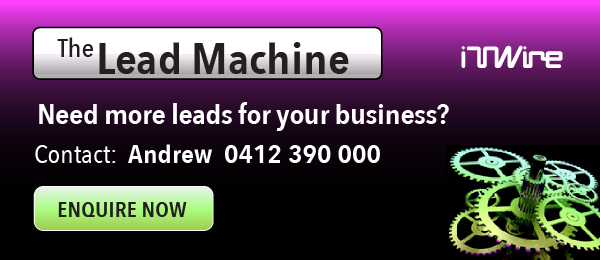|
|
They call themselves hackers, but don't spend their nights in a bedroom trying to crack network passwords or steal your data. This is a more contemporary definition of the hacker as someone who simply uses their skills to extract more functionality than was ever intended from a piece of original software or hardware.
Call them what you will, they had one thing in common: they were all here to get mashed.
Sticking with the English lesson for a moment, this is not the kind of getting mashed that happens most Friday and Saturday nights at the local bar. In fact, you are far more likely to see these people drinking Jolt Cola and Red Bull than a pint of lager followed by a whiskey chaser.
Mashing in this context involves taking a number of existing web applications and services, throwing in a handful of development tools, and trying to come up with something new using them. Think mixing BBC traffic news data with Google Maps to create a live map showing traffic jam hot spots and you've got your head around a mashup.
Make something cool, they said. Make something cool, they did. And then some.
So what did they make? Find out on the next page...
CONTINUED
The BBC reports how one group of hackers, having just been introduced to a new interactive television programming language called MHEG during a seminar by the BBC, were quick to prove they could mash something up using it.
|
In fact, the collected judges were so impressed by the efforts of the Northender team that it was awarded the 'best hack of the event' prize. The mashup worked by feeding the digital subtitles sent in a broadcast into a computer which then translated them into another language before passing the end result through a speech synthesizer, and all lip-synched to the TV output.
To demonstrate this mashup, the team used a broadcast of the popular UK soap 'EastEnders' nut turned the cast from cockneys into a bunch of robotic sounding Germans instead.
Another team also used the subtitles but to a much different effect. Team Bob parsed them for certain keywords which were then painted by the computer onto the cards being held by Bob Dylan in a broadcast of the classic Subterranean Homesick Blues video.
Saving the best until last. Read about the carbon goggles on the next page...
CONTINUED
My favourite mashup of the event has to be the non-prize winning carbon goggles which were used within a Second Life 3D immersive environment to display the carbon footprint of every object within the virtual world. The developers overlayed real world carbon emission data over virtual objects in Second Life and fed the results through the carbon goggles.
|
All in all then, you must hark back to 1936 and that first TV broadcast from Alexandra Palace. A truly momentous occasion that started a media revolution. A revolution that is continuing in the creative talent of the hackers who got mashed at the BBC this past week...












































